
Back to the Basics: 6 Essential Tips for Long-Term Sorbent Trap Sampling
As facilities perform 7-day sorbent trap sampling, many operators, especially those newer to the industry, have had to learn through trial and error. It’s

As facilities perform 7-day sorbent trap sampling, many operators, especially those newer to the industry, have had to learn through trial and error. It’s
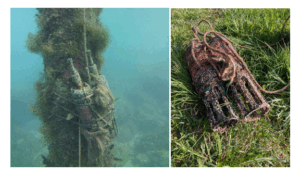
Learn about how the advanced sensor technology by PyroScience allows for standalone monitoring of essential parameters needed for understanding biogeochemical processes and ecosystem dynamics
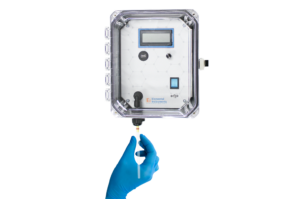
Industrial facilities increasingly face regulatory and community pressures to monitor and reduce hazardous air pollutants (HAPs). Metals like arsenic, lead, and chromium, often emitted

Traditional mercury (Hg) continuous emissions monitoring systems (CEMs) face significant challenges due to the extremely low concentrations of Hg in flue gas, interference from

In a landmark shift for drug development and ethical research, on April 10, 2025, the U.S. Food and Drug Administration (FDA) announced its plan to
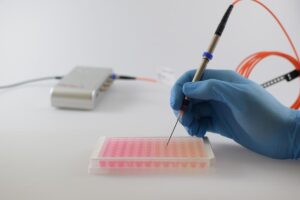
Due to its high accuracy, low maintenance requirements, and favorable physical characteristics, optical sensing technology is becoming a popular method for direct oxygen measurement
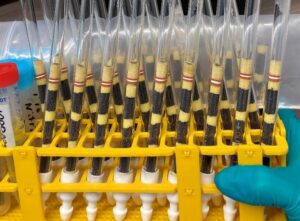
April 2, 2025 Ohio Lumex Method Status Ohio Lumex has made substantial progress over the past three years in developing an advanced sorbent trap

Building on top of already successful attributes with a 30+ year track record, Light-915M2 model features significant exterior and interior improvements which further simplify

Sorbent trap sampling presents inherent challenges, especially when environmental conditions are less than ideal. Whether faced with cold temperatures, high humidity, or excessive moisture
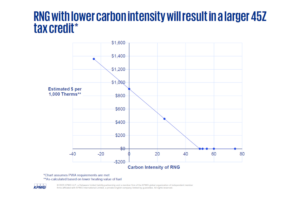
As we reported last October, the Inflation Reduction Act allows a tax credit for registered clean fuel production beginning January 1, 2025. Eligible clean fuels

Best Practice Gas Sampling Procedures While sampling Natural Gas (NG) and Renewable Natural Gas (RNG) requires some adjustments for cold weather, following proper procedures
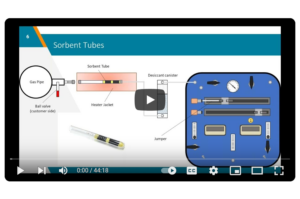
Last week, we hosted a webinar through the American Biogas Council. In it, Jon Cross, our Director of Technical Services, outlined a new method
